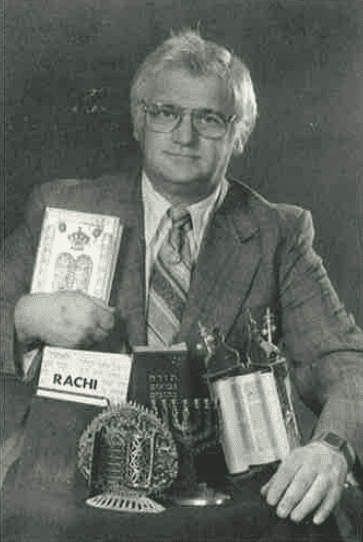
b.1929/05/24 – d.2000/01/18
Who was Gaston Levant? a.k.a Gaston Lewandowski
Born in Paris to parents of Polish descent who emigrated to France after World War I, he was one of four siblings. He was raised in a family of Hebrew tradition, but like many Jews, the family was not Orthodox in any sense of religious practices.
Gaston was proud to be a Frenchman, later changing his family name to the Levant. He was also highly educated – earning a degree in electrical engineering. Unfortunately, World War II drove many Jewish survivors out of Europe and robbed countless people of their dreams. Like many Jews, he found himself in the textile industry, first in Brazil, then in the U.S., and eventually in Canada. He would tell stories of how he collected parachutes as a child that soldiers had left behind during the war so that his father could make shirts to sell and trade for food.
He became a successful French tailor of Haute Couture and changed his name because he felt that a French name was more harmonious with his professional image. He was among the few in his generation to have obtained a HAM radio license, and his office was cluttered with electronic gadgetry. Already a math genius and chess expert, he began piano lessons and committed to learning Hebrew. He even obtained his pilot's license in 1969 and flew his young family from the United States to Canada in a 4-seater Cessna to visit relatives who had been dispersed there after the war.
He was a perfectionist in all his endeavors and a real stickler in French grammar. Moreover, as you will see in his manuscript, his calligraphy was stunning, and a modern-day lost art.
He was not a big believer in God until his son George, who became a born-again Christian, started telling him about Jesus. Shortly after that, in 1978, he decided to take on a new challenge; the study of his son’s claim that Jesus is the Messiah.
He was a man of detail and a perfectionist, and he crossed referenced every claim from the Torah, the prophets, the Tanach (Old Testament), and Jewish history. After convincing himself, he worked on his manuscript: “A true Jew speaks to the Israelites.” He completed this enormous project on September 27, 1981.
As he lay on his deathbed in January of 2000, he said with a smile, “I’m not afraid to die. I have the peace of God in my heart because Jesus has forgiven my sins”.